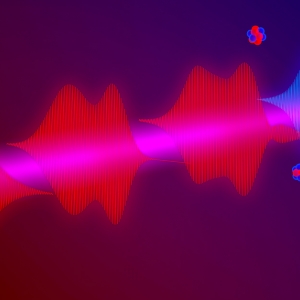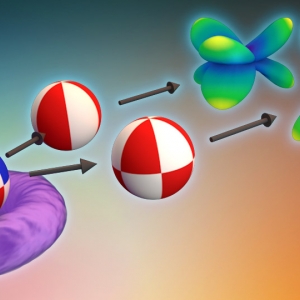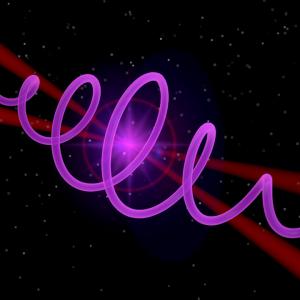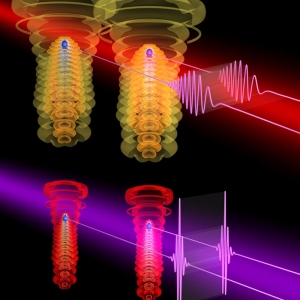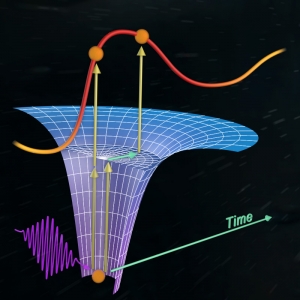Research Highlights
Laser Physics
Reconstructing Laser Pulses
Published: July 19, 2021
PI: Agnieszka Jaron-Becker | PI: Andreas Becker
Atomic & Molecular Physics
Measuring Spinning Donuts
Published: November 04, 2020
PI: Andreas Becker | PI: Agnieszka Jaron-Becker
Laser Physics
A Collaborative Mastery of X-rays
Published: July 18, 2018
PI: Andreas Becker | PI: Agnieszka Jaron-Becker | PI: Henry Kapteyn | PI: Margaret Murnane
Laser Physics
Back to the Future: The Ultraviolet Surprise
Published: December 03, 2015
PI: Agnieszka Jaron-Becker | PI: Andreas Becker | PI: Henry Kapteyn | PI: Margaret Murnane
Atomic & Molecular Physics
An Ultrafast Photoelectric Adventure
Published: March 02, 2015
PI: Agnieszka Jaron-Becker | PI: Andreas Becker




